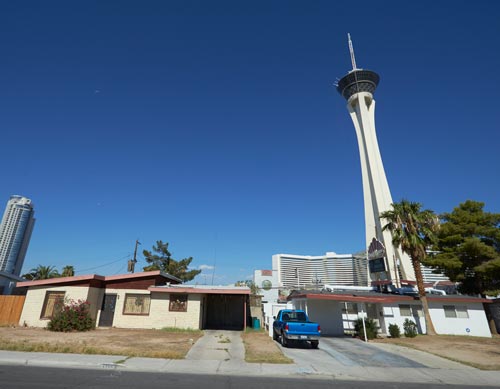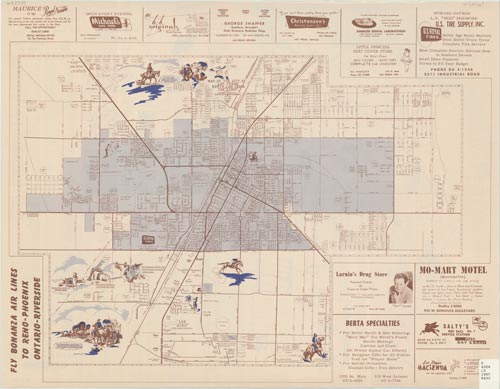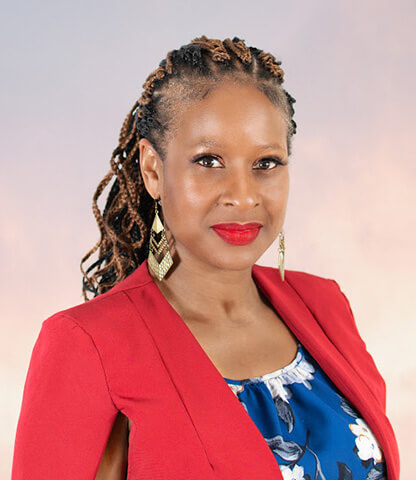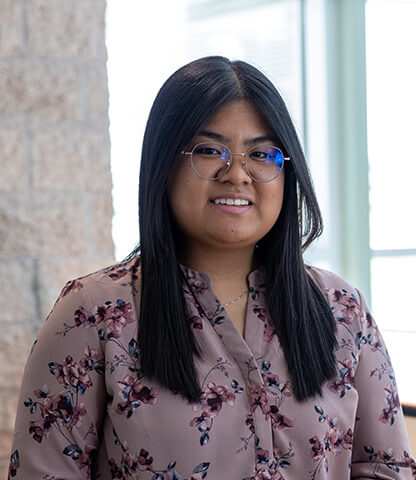Heart to Heart:
A History of Early Health Care in Las Vegas
In 2008, I discovered that highway 95 between Las Vegas and the Nevada Test Site was called the widow maker. On Friday evenings, men who worked at the test site, especially those who only came home on weekends, were in a hurry to get to their families in Las Vegas sometimes driving too fast. Doctors were given flashing lights to attach to the roof of their cars to allow them safe passage to these accidents. Early doctors were heroes, first responders, and healers of the community. This small project was a brief investigation of these early doctors, nurses, and other health care professionals. We secured funding for Heart to Heart from The Boyer Community Foundation operated by Robert Clark and William Sheehan. Mrs. Harold Boyer wanted us to create this project and acted as our first project advisor. She knew all the doctors who practiced along with her husband during the mid-1900s, shared their names with us, and urged those who did not understand this new-fangled oral history modality.
-Claytee White
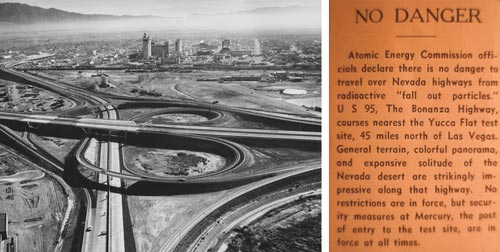
Blue Diamond
Oral History Project Committee
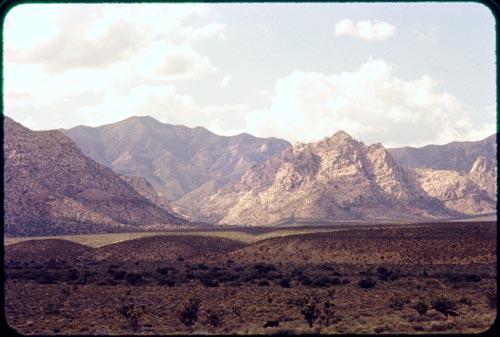
In 2003, before I could hang a few pictures on the walls of my office of this new department called the Oral History Research Center, I received a call from Pat van Betten in a community 26 miles outside out Las Vegas called Blue Diamond. The name originated from the gypsum mine. The superior quality of the gypsum mined in ‘them thar hills’ gave the product the highest grade – Blue Diamond. For years, van Betten had called UNLV for help in gathering the village’s storied history. I drove out, knocked on van Betten’s door, and was greeted like a long-lost friend. She formed the Blue Diamond Oral History Committee, started a 501c3, and I taught the group the art of collecting oral histories. I acted as their mentor and consultant as they collected almost 100 interviews. The committee collected money for transcribing by assembling a cook book. Mayor Oscar Goodman donated $1,000 when they agreed to include his martini recipe. After the group interviewed everyone in the village and all returning visitors for their annual Spring Fling and Fall Festival celebrations, they decided to write a dramatic production of their history. The play was presented at an annual meeting of the Southwest Oral History Association and then staged again in the Village. Both productions were standing room only.
-Claytee White
Continue learning about the "Blue Diamond Oral History" project here.
West Charleston Neighborhoods:
An Oral History of Ward 1
When we shared the results of other oral history projects, Las Vegas City Councilwoman Lois Tarkanian stated that she wanted a project for the history of her area, Ward 1. We obliged. And she added that she was sure we could secure funding for it. The Las Vegas Centennial Commission provided funding for the project. We captured interviews in the multiple communities that compose the early neighborhoods of Wards 1 – Artesian, Westleigh, McNeil Park, Rancho Circle, Rancho Bel Air, Scotch 80s, Glen Heather, and the Palominos. The most memorable personal experience from this 2013 project was conducting an interview at the same address as a previous oral history session from our Boyer Early Las Vegas Project. The original owner had been Louise Yoxen, a woman who flew airplanes, played golf, and had been part of the US reconstruction team in Germany after World War II. The new owner of this home, during remodeling, had found letters and artifacts from Yoxen and had honored them by resealing them in a coveted space in an interior wall. Again, our community conversations were meaningful and allowed community members in these neighborhoods to talk about their work to create family, and in McNeil we learned about their impromptu bagel breakfasts on the sidewalk.
-Claytee White
Continue learning about the "West Charleston Neighborhoods: An Oral History of Ward 1" project here.
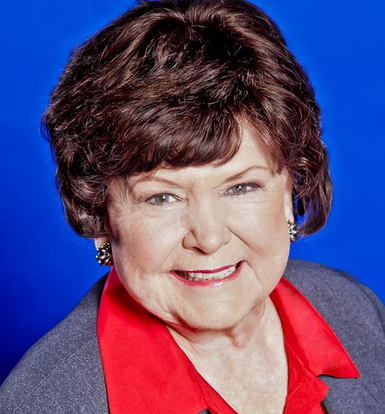
Voices of the Historic
John S. Park Neighborhood
Professor Deborah A. Boehm lived in John S. Park and wanted to learn more about the community when she discovered that many other UNLV staff members lived in the neighborhood. Subsequently, she came to the Oral History Research Center to encourage us to join her in an oral history of the community. Boehm assured us that she could secure funding from this new entity called the City of Las Vegas Centennial Commission. The year was 2006. The grant application that Dr. Boehm wrote highlighted that this project would capture stories of the neighborhood, listed on the National Register of Historic Places, by featuring individuals who represent the many communities that make up the John S Park area. Residents were excited because they wanted to share stories of how John S. Park became a cohesive enclave – residents had to pull together to fight the encroachment of entertainment ideas sought by the owner of the property that is now the Stratosphere. One idea would have allowed a carnival-type ride to swing over the neighborhood. The residents fought and prevented the eyesore and the danger. By the time interview collecting began, Dr. Boehm had taken a once-in-a-lifetime opportunity to move out of the country missing the excitement of this effort that was her original vision. Along with individual one-on-one interview sessions, we introduced the concept of community conversations that were held in four different homes over the life of this oral history project. I still feel the excitement that those residents of John S Park shared and the communal feeling they expressed in every story.
-Claytee White
Continue learning about the "Voices of the Historic John S. Park Neighborhood" project here.
